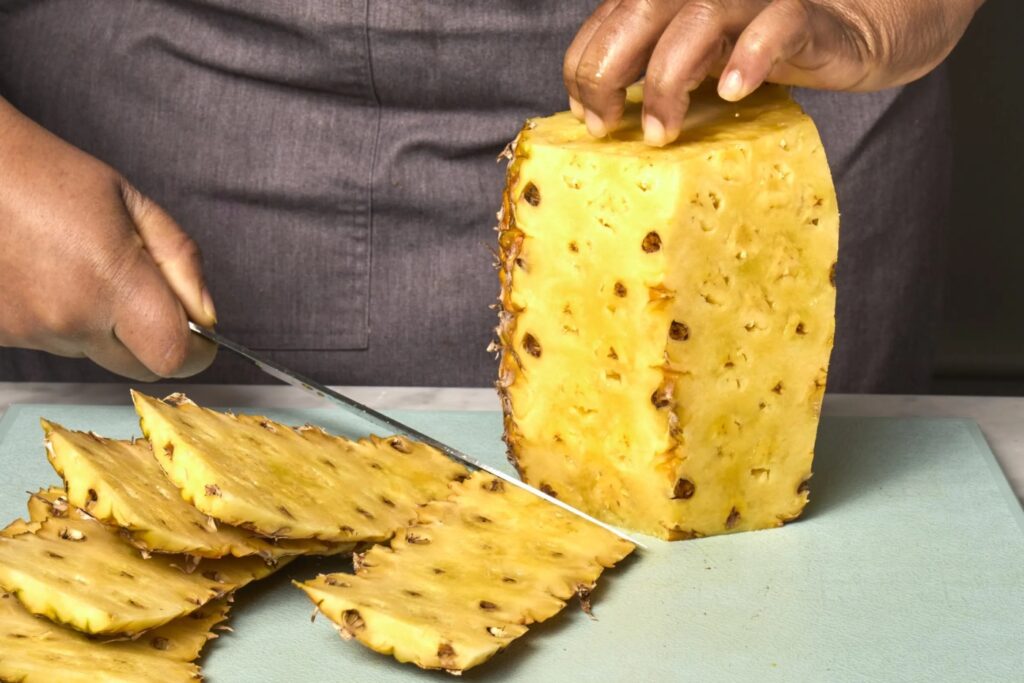Many of us assume that most materials would get damaged when exposed to high temperatures. However, some natural materials like pineapple skin can unexpectedly withstand high temperatures. A metal ball heated up to 1000 degrees placed on pineapple skin encounters a phenomenon that keeps the pineapple from getting damaged. This is a very special heat transfer feature known as the Leidenfrost effect.
The Potential of Pineapple Skin as a Super Material
The Leidenfrost effect refers to the formation of a vapor layer that prevents direct contact with a very hot surface when a liquid is placed on it, causing the liquid to vaporize instantly. This effect can also be observed when water droplets bounce off a hot surface. Similarly, when a heated metal ball is dropped into water, a bubble of vapor forms between the metal and the water, preventing direct contact.
Pineapple Skin and the Leidenfrost Effect: The Hidden Hero in Heat Transfer
An experiment in which a 1000℃ iron ball was placed on the skin of a discarded pineapple.
— The Best (@ThebestFigen) May 16, 2024
pic.twitter.com/TjLNkX8Eh4
According to Seppo Louhenkilpi from the Department of Chemical Technology at Aalto University, this critical temperature point known as the Leidenfrost temperature significantly affects heat transfer. On surfaces above the Leidenfrost temperature, the rate of heat transfer does not change much, whereas below it, direct contact with cooler surfaces allows for rapid heat transfer.
This information explains why pineapple skin does not get damaged even when exposed to high temperatures. Interestingly, this feature could potentially highlight pineapple skin as a material not just in the kitchen but perhaps also in areas like armor manufacturing. Indeed, pineapple skin can be considered a natural super material.
Source: IFL SCIENCE
